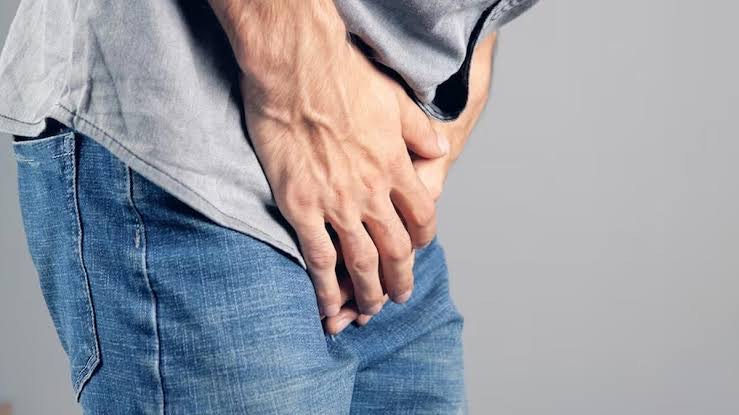The term “lower urinary tract symptoms” (LUTS) refers to a group of symptoms that impact the lower urinary tract’s ability to manage and produce high-quality micturition. Both men and women can be affected by LUTS, albeit males are more likely to present with them and their frequency increases with age. According to estimates, nearly 50% of males over 50 experience LUTS.
Lower urinary tract symptoms (LUTS) in men can be classified into two broad categories :
Storage symptoms: These include urgency, frequency, nocturia, and urgency incontinence. They indicate problems with storing urine in the bladder.
Voiding symptoms: These encompass hesitancy, weak stream, straining, and incomplete emptying. They suggest difficulties in evacuating urine from the bladder.
The management of lower urinary tract symptoms (LUTS) in men typically involves addressing both storage and voiding symptoms, as well as identifying and treating the underlying cause. Here’s a general overview of management strategies:
1. Lifestyle modifications: Encouraging lifestyle changes such as reducing fluid intake before bedtime, avoiding caffeine and alcohol, and maintaining a healthy weight can help improve symptoms.
2. Behavioural therapies: Techniques such as bladder training, pelvic floor exercises (Kegel exercises), and timed voiding can help manage symptoms, particularly in cases of overactive bladder or urge incontinence.
3. Medications:
Alpha-blockers: These relax the muscles in the prostate and bladder neck, improving urine flow and reducing symptoms of bladder outlet obstruction. Examples include tamsulosin, alfuzosin, and terazosin.
5-alpha reductase inhibitors: These medications can reduce the size of the prostate gland, particularly in cases of benign prostatic hyperplasia (BPH). Examples include finasteride and dutasteride.
Antimuscarinics: Used primarily for overactive bladder symptoms to reduce urgency and frequency. Examples include oxybutynin, tolterodine, and solifenacin.
Beta-3 agonists: Drugs like mirabegron can relax the bladder muscle, increasing bladder capacity and reducing symptoms of overactive bladder.
Phosphodiesterase-5 inhibitors: Sometimes used to improve symptoms of BPH and erectile dysfunction, such as tadalafil.
Antibiotics: If symptoms are due to a urinary tract infection or prostatitis.
4. Minimally invasive therapies: For men who don’t respond well to medications, minimally invasive procedures such as transurethral resection of the prostate (TURP), laser prostate surgery (such as HoLEP) or prostatic urethral lift (UroLift) may be considered.
5. Combination therapy: Sometimes, a combination of medications or therapies may be more effective, especially in cases where symptoms are multifactorial.
6. Follow-up and monitoring: Regular follow-up with the urologist is essential to monitor symptoms, adjust medications if necessary, and address any complications or changes in condition.
Ultimately, the choice of treatment depends on the individual patient’s symptoms, underlying cause, overall health, and preferences, and should be decided in consultation with a healthcare provider. Additionally, considering age-related factors and potential comorbidities is important in tailoring the management approach.
(The author, Dr. Vikas Jain, is the HOD and Consultant – Urology, at Manipal Hospital.)




